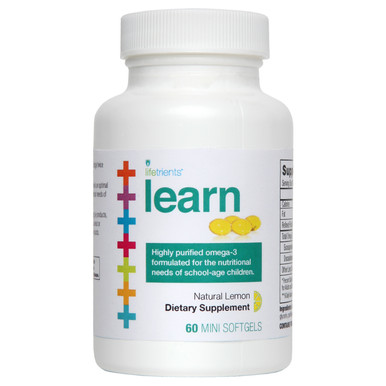Magnesium is a mineral naturally present in many foods, and is added to other food products. It is also available as a dietary supplement and present in some medicines. It helps your body regulate muscle and nerve function, blood sugar levels, and blood pressure. It also helps your body make protein, bone, and DNA.
Source: National Institutes of Health, Office of Dietary Supplements
Metabolism is the process your body uses to get or make energy from the food you eat.
Source: NIH MedlinePlus
Minerals are those elements on the earth and in foods that our bodies need to develop and function normally. Those essential for health include calcium, phosphorus, potassium, sodium, chloride, magnesium, iron, zinc, iodine, chromium, copper, fluoride, molybdenum, manganese, and selenium.
Source: National Institutes of Health, Office of Dietary Supplements
Monounsaturated fat is a type of fat is found in avocados, canola oil, nuts, olives and olive oil, and seeds. Eating food that has more monounsaturated fat (or "healthy fat") instead of saturated fat (like butter) may help lower cholesterol and reduce heart disease risk. However, monounsaturated fat has the same number of calories as other types of fat and may contribute to weight gain if you eat too much of it.
Source: National Institute of Diabetes and Digestive and Kidney Diseases
Multivitamin/mineral supplements contain a combination of vitamins and minerals. They sometimes have other ingredients, such as herbs. They are also called multis, multiples, or simply vitamins. Multis help people get the recommended amounts of vitamins and minerals when they cannot or do not get enough of these nutrients from food.
Source: National Institutes of Health, Office of Dietary Supplements













